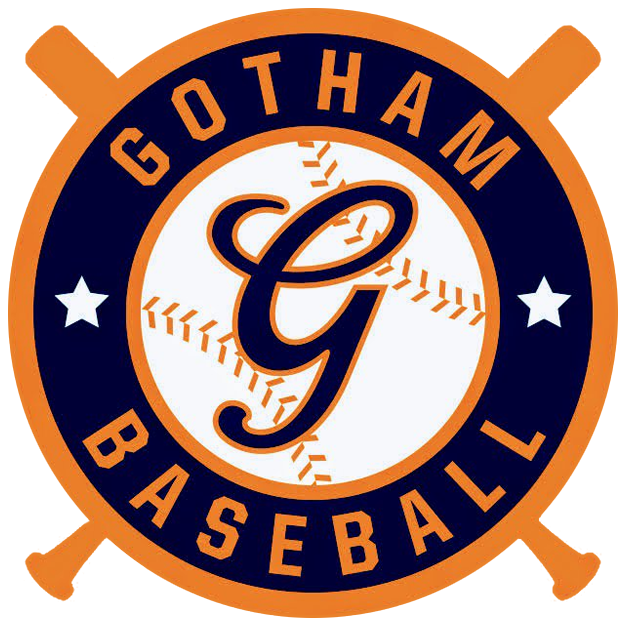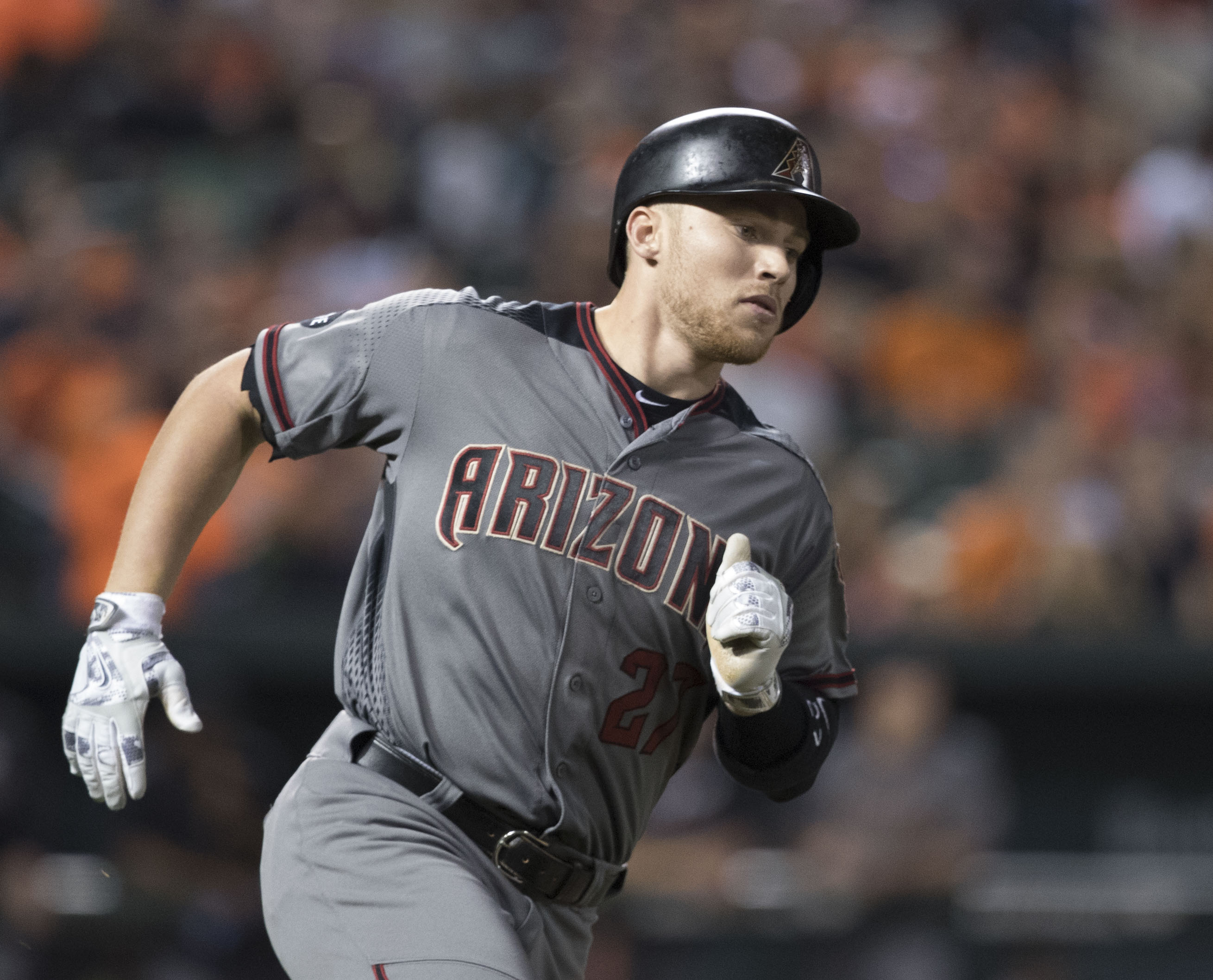Perhaps the most overlooked and undervalued trait in Major League Baseball is versatility. With teams becoming much more cautious in how they spend money to construct a roster, players who can play multiple positions are becoming an even more valuable commodity. A look at the past two World Series winners illustrates a roster with many players capable of playing multiple spots. The 2018 Yankees certainly have talented players, but the roster did lack flexibility.
The second most undervalued trait is consistency. While that word connotes many things, in this case, it means that players who are consistently good, slightly above league average performers are often taken for granted. Of course, the star gets the headlines. And, of course, the busts get the stories written about unfulfilled expectations. But, there are those who are key ingredients to any successful team. They aren’t stars, but they provide a level of certainty. The 2018 Yankees have quite a few young stars, but the roster did lack that type of player.
Brandon Drury isn’t a star, but his acquisition is one of the more important moves Brian Cashman made this winter.
(Editor’s Note) – Great utility players help win championships; and as much as it hurts me to include this video to enhance Gary’s point; Luis Sojo was one of the best to ever don pinstripes
It just didn’t seem like the Yankees would enter the 2018 season with two rookies manning two infield positions. But, General Manager Brian Cashman waited until he could acquire a player like Brandon Drury to fill a necessary role. The two highly talented rookies, Miguel Andujar and Gleyber Torres, look like they have great futures ahead. But, both seem raw–perhaps too raw–to expect them to hold down Major League jobs at the beginning of the season. There is no doubting their talent and it is realistic to expect them to play major roles this season. But, we are often too hung up on the Opening Day roster, rather than the developmental process and how they could be in better position to help later on in the season. Brian Cashman was patiently waiting to add some infield depth while being cognizant of his players’ developmental needs and to stay under the luxury tax threshold.
Cashman signed veteran infielder Danny Espinosa as depth and cult hero Ronald Torreyes is still around. Both are best suited for a backup role. Tyler Wade also has an interesting skill set, but he, too, is unproven. With the unlikelihood that both rookies are Major League ready, the Yankees needed an option that came with a degree of certainty. Yes, these are first world problems as many teams are struggling to fill out rosters and rotations, but for a team looking to win a World Series, this was a situation that needed some clarity, not only for the Major League team, but for the development of Andujar, Torres, and Wade.
The clarity came in a three-team trade that saw the Yankees acquire the 25-year-old Drury from the Diamondbacks. The Yankees sent infielder Nick Solak to the Tampa Bay Rays and also pitcher Taylor Widener. The Diamondbacks received outfielder Steven Souza from the Rays and will also send two other players to the Rays. Parting with Solak and Widener is a trading of depth. During the winter hot stove shows on YES Network, many of the Yankees’ front office brought Solak’s name up as one of the “next wave” of good prospects. Solak, a 23-year-old 2nd baseman, made it to double-A last year after playing 100 games at high-A ball. Between the two levels, Solak hit .297/.384/.452 with 26 doubles, 5 triples, 12 home runs, and 14 stolen bases. He did strike out 100 times, but he also showed good patience by drawing 63 walks. Widener, entering his age 23 season, is a right-handed pitcher who spent all of last season at the high-A level. He brings good strikeout potential (129 strikeouts in 119.1 innings), but has battled health issues during his brief career.
Both are interesting prospects, but, again, the Yankees traded from places of depth. In return, the Yankees get a player with two solid, yet unspectacular years of Major League experience. Since coming to the Majors for good in 2016—after a 20 game audition in 2015—Drury has appeared in 134 and 135 games in each of the past two seasons. Offensively, the two seasons have been remarkably consistent. Combined, the right-handed hitting, 2010 round 13 draft pick, has hit .275/.323/.453 with 68 doubles and 29 home runs. His two-year strikeout rate of 20.3 percent is right in line with the Major League average of 21.3 percent. He hasn’t exhibited much patience at the plate, posting a walk rate of just 5.9 percent, compared to the League average of 8.3 percent.
A two year ISO of .171 is a clear indicator of his power as the type of contact he makes, with a two-year mark of 82.3 percent of medium and hard contact rates. Last season, he utilized the entire field as evidenced by his pull rate of 39.2 percent and his opposite field rate of 26.2 percent. While not a star, Drury has proven to be a solid Major League hitter. With a lineup as powerful as the Yankees, Drury has to be a league average producer to be valuable. And, he has certainly proven to be a bit more than that with Arizona.
It is defensively, however, where Drury helps the Yankees out the most. It isn’t because he is an elite defender–he’s not–but it is the fact that he offers slightly above average, proven and consistent production with the ability to play multiple positions. In his career, he has logged 1,067 innings at second base, 311 at third base, and 704 in the corner outfield spots. While he played mainly second base last season—only seven innings at third all of last season—he played mostly third base in the Minor Leagues. And, given his lack of innings at each position, it is difficult to take much out of defensive metrics. Based on last season, Drury was a +5 at second base, an above average number. But, in his limited time at third base over his two years, he is a -4. And, the outfield numbers are even worse.
Again, it is difficult to make assumptions based on limited data. Most likely, Drury is an average defender with a slightly above average bat. For the 2018 Yankees, he is the type of player that was needed.
Right now, all signs point to Brandon Drury as an Opening Day starter. Many have him pegged as the starting third baseman. The feeling is that the organization doesn’t want to rush Andujar given that he has only played 53 games at the Triple-A level. And, most seem to believe that Torres will need some time at Triple-A considering he is coming back from Tommy John Surgery and he has just 23 games under his belt at Triple-A. If that scenario holds true, Drury will be the Yankees’ third baseman to open the season and second base will be a hodgepodge of Espinosa, Torreyes, or maybe Wade.
But, Drury’s presence offers flexibility. If Andujar or Torres have one of those magical spring trainings and forces his way on the team, Drury simply slides to one position. And, in the unlikelihood that both force their way onto the Major League team, Drury becomes a high end super utility player, something every playoff contender needs.
By acquiring a player with a solid offensive resume and whose performance will play well at either second or third, Brian Cashman has given the Yankees the best of all possibilities. Aaron Boone can allow the rookies to compete for a job, but there is zero pressure to rush them. If one wins a job, Boone has a quality Major League option for the other position. And, if both aren’t ready, Boone has a solid Major League third baseman and will just have to worry about piecing together one position.
If the 2018 season goes according to plan, Brandon Drury won’t be the story most nights as there are many players to fill that spotlight. Instead, he will be a consistent performer at the bottom of the order who provides stability and gives Manager Aaron Boone options. It wasn’t Brian Cashman’s most spectacular trade, especially this offseason. But, it was the most necessary one.

